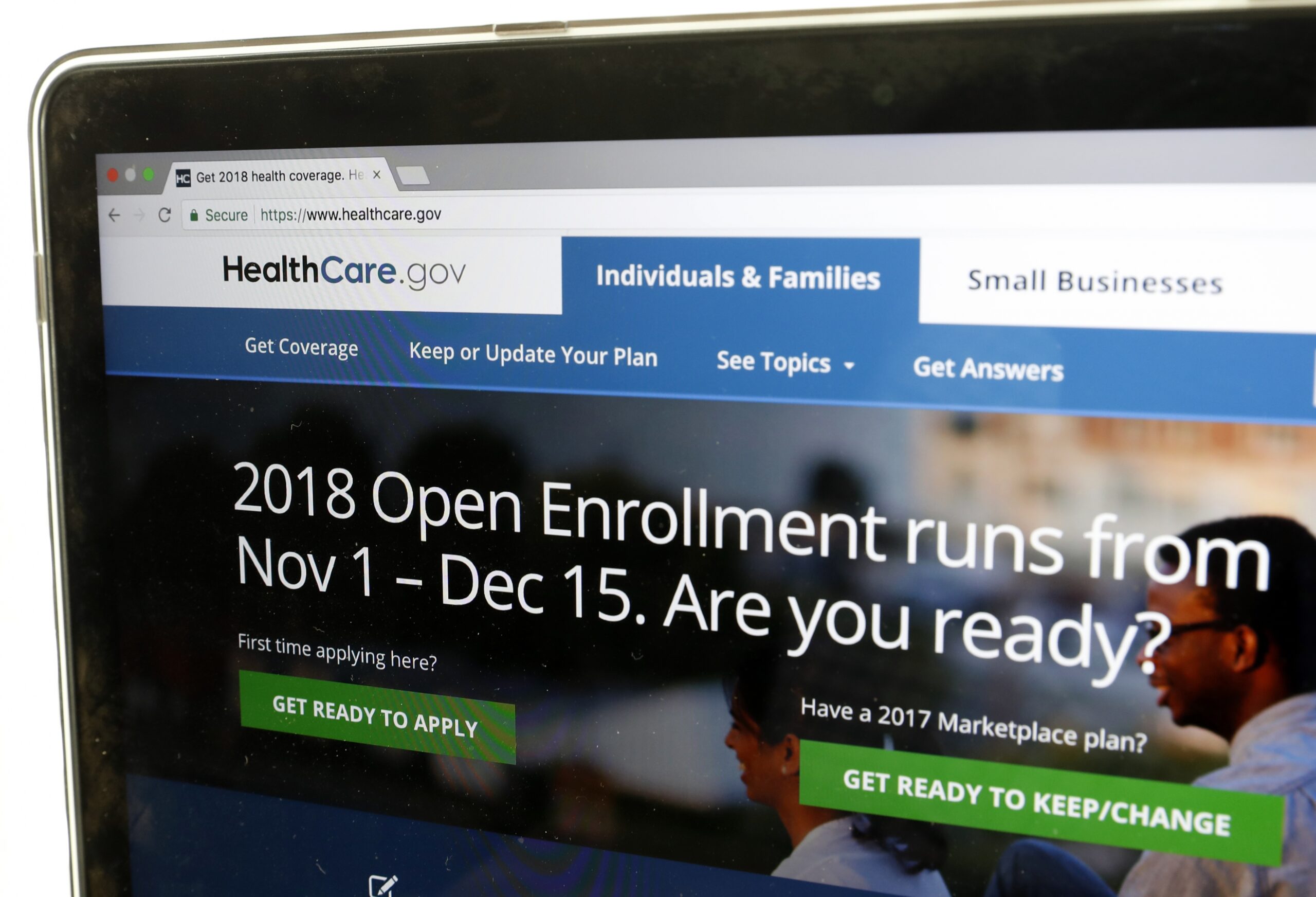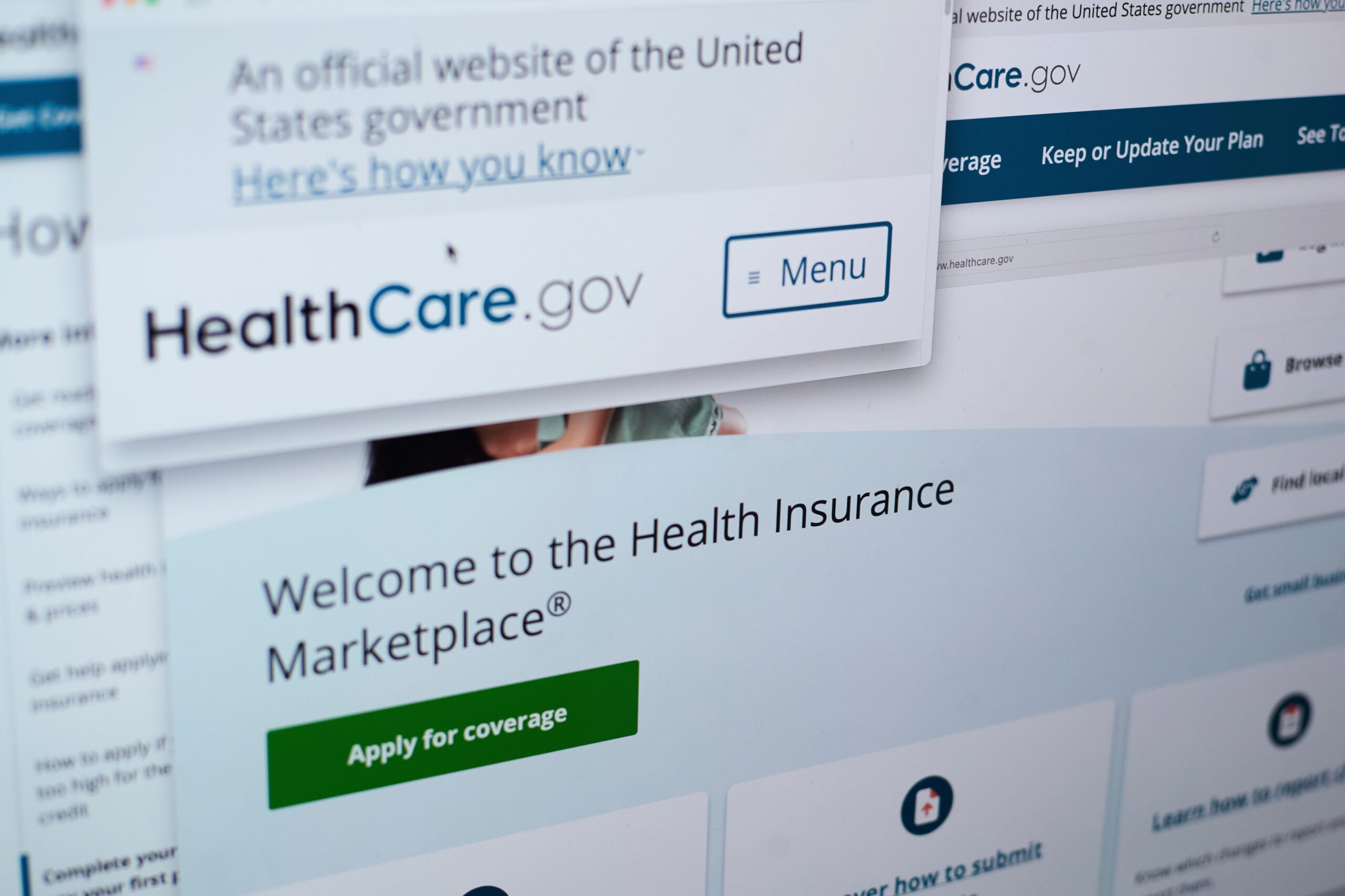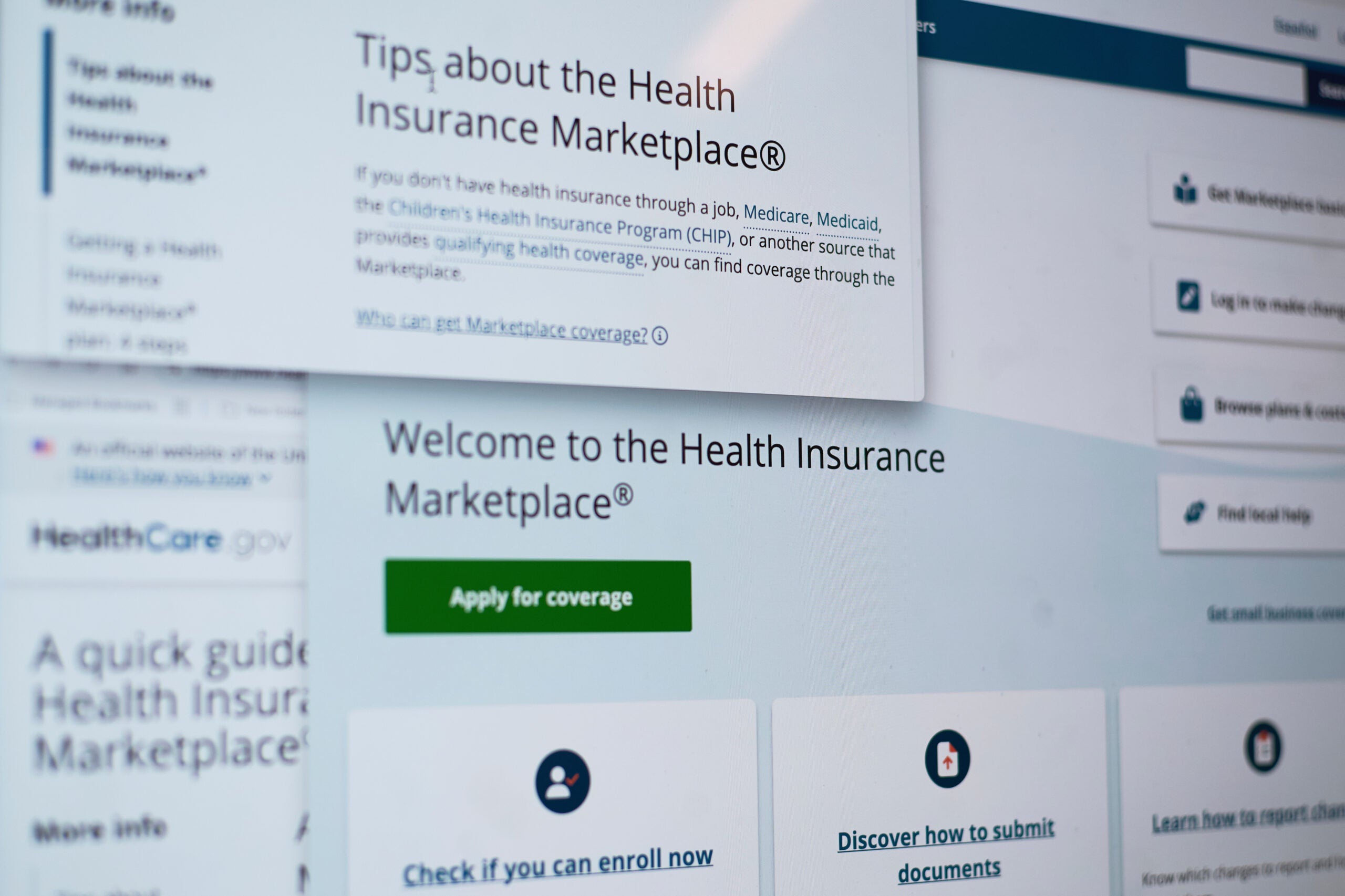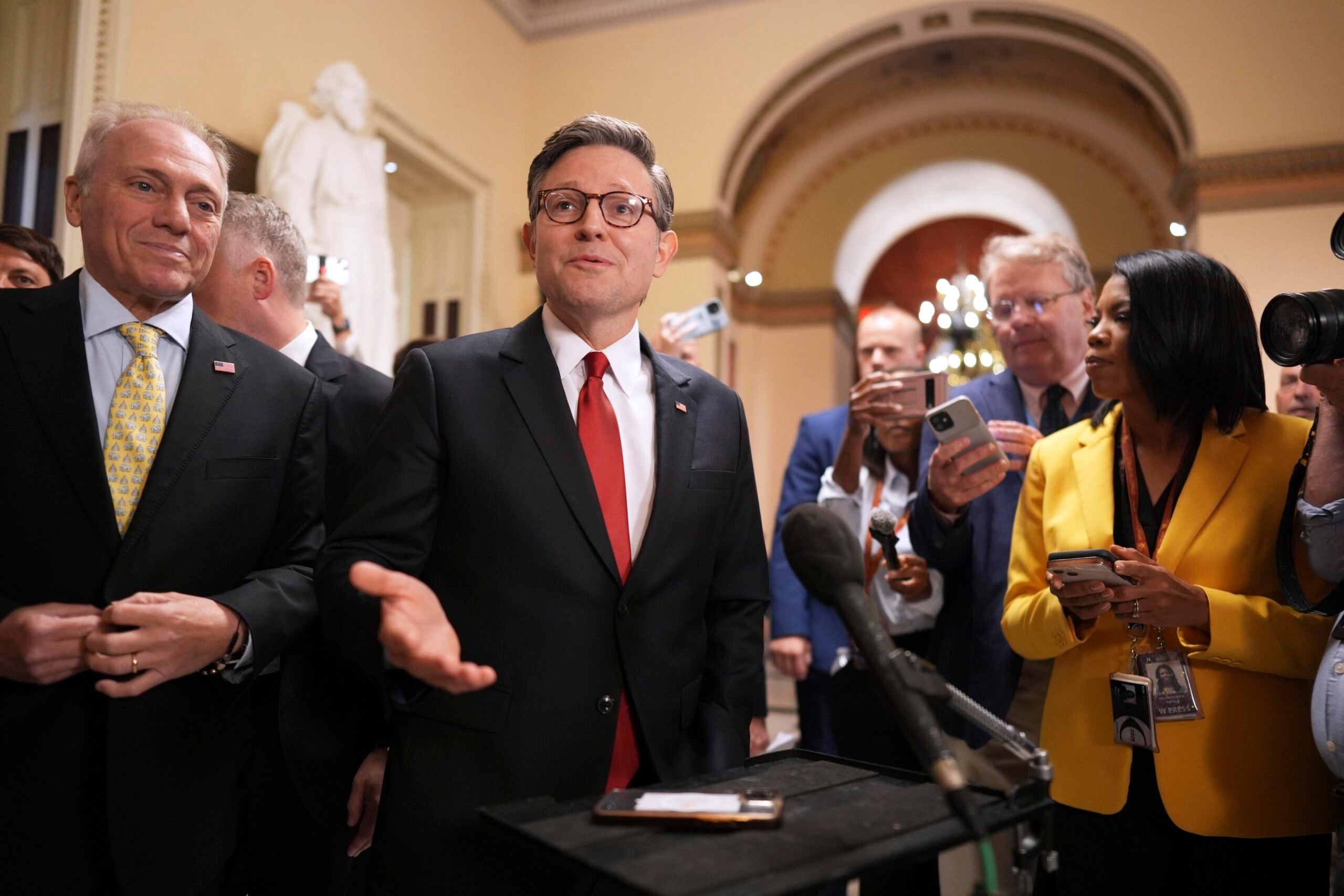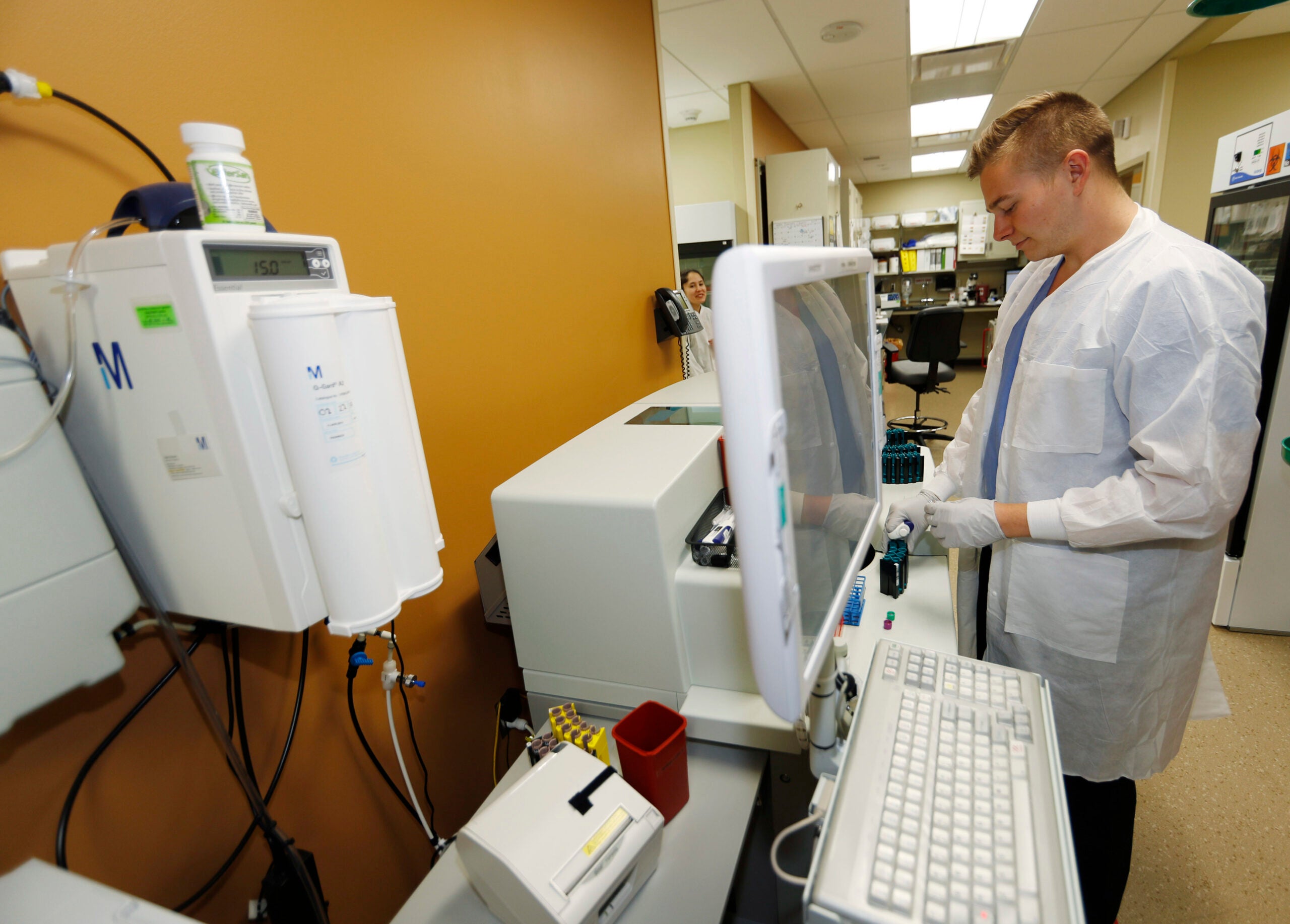The sign-up period for health insurance purchased on the Affordable Care Act marketplace ends Friday. The federal government released enrollment numbers through Dec. 9 showing enrollment continues to rise.
But to reach last year’s total, there would need to be a surge in sign-ups in the last few days. Lower numbers are due in part to a shorter enrollment period than in prior years. This year’s period is half as long as last year’s and ends Dec. 15. The Trump Administration also cut outreach and advertising for the ACA.
So far, more than 128,000 people in Wisconsin have signed up for 2018 coverage using Healthcare.gov.
News with a little more humanity
WPR’s “Wisconsin Today” newsletter keeps you connected to the state you love without feeling overwhelmed. No paywall. No agenda. No corporate filter.
But not all those who select a plan follow through and pay for it, so coverage doesn’t go into effect.
Wednesday, the Centers for Medicaid and Medicare Services released data on how many people in Wisconsin actually paid for the first month’s premiums for health coverage they signed up for during last year’s enrollment period. That number: 211,025, is lower than total sign-ups last year, which were the highest they’ve been since the ACA went into effect.
CMS officials say a significant number of people nationwide who activate or “effectuate” their coverage by paying premiums do not stay in their plans the entire year. Nationally 9.9 million individuals remained in coverage this year compared to the 12.2 million who selected plans. On average since 2014, more than a million enrollees per year dropped their coverage before the end of the plan year.
Even with the shorter enrollment period, Wisconsin insurance officials aren’t predicting a big drop in ACA coverage in 2018.
“The effectuate coverage number — which is the number that actually matters — will probably be a little bit lower than we saw last year, but not significantly,” said Deputy Insurance Commissioner J.P. Wieske at a Wisconsin Health News event Wednesday. “If I had to make a guess and had to put money on it, that’s where I would put my money. The numbers will be pretty close to where they were last year, from an effectuated standpoint.”
Eleven insurers are selling plans on Wisconsin’s federally-run marketplace. While premiums rose an average of 36 percent this year, most can offset that cost because 82 percent of those buying coverage in Wisconsin got federal subsidies. And more than half get lower out-of-pocket expenses because they are eligible for what are called cost-sharing reductions. This federal subsidy goes to insurers who are required to offer these lower cost plans under the ACA.
There’s dispute on whether to continue these subsidies. Congress is also considering a tax plan which would end the ACA mandate to have health insurance.
Wisconsin Public Radio, © Copyright 2025, Board of Regents of the University of Wisconsin System and Wisconsin Educational Communications Board.

